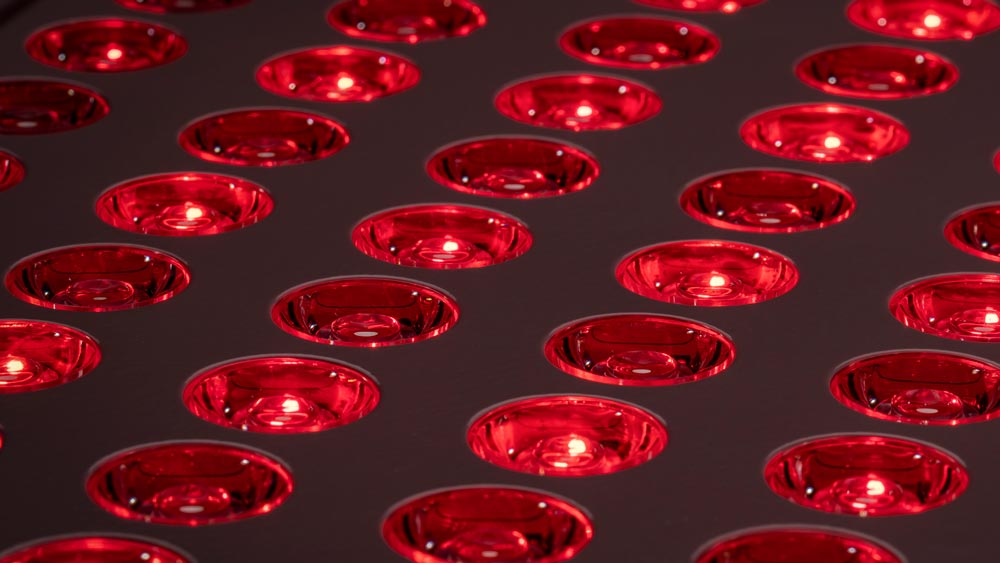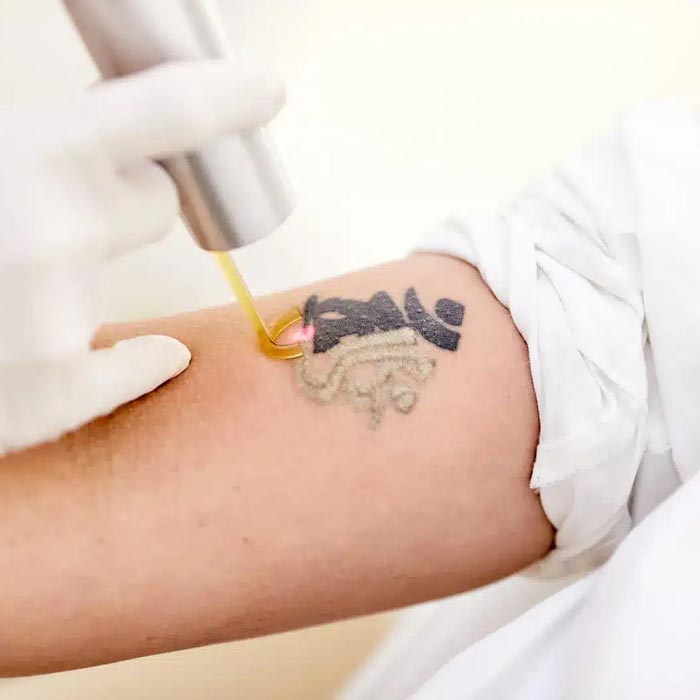![]() Free Shipping
Free Shipping ![]() Buy Now, Pay Later
Buy Now, Pay Later ![]() Eligible
Eligible
Does Medicare Cover Red Light Therapy

Many retirees today may know that Medicare doesn’t cover routine dental or cosmetic services but what about treatment such as red light therapy?
Red Light Therapy, a treatment meant to improve the skin’s appearance, is quickly increasing in popularity with seniors due to the multiple benefits the new low-wavelength light technique is touted to have. Among treating skin conditions, it’s also been found in studies that Red Light Therapy can even help with hair loss, dental pain, and muscle tissue. However, it might be hard to know whether Medicare views this as cosmetic or medically necessary. In this article, we’ll explore how Red Light Therapy works and why more and more individuals eligible for Medicare are choosing to partake in this treatment.
First, let’s break down what Red Light Therapy is and how it works. According to an article by the Cleveland Clinic, “Red light therapy (RLT) is a treatment that uses low wavelength red light to reportedly improve your skin’s appearance such as reducing wrinkles, scars, redness, and acne.” It’s also called “low-level laser therapy (LLLT),” “low-power laser therapy (LPLT),” and “photobiomodulation (PBM).”
Not to be confused with or thought to act like the intense UV rays of a tanning booth, RLT uses very low levels of heat, which would never burn or hurt the skin. By activating the mitochondria, or the “power plant” of the body’s cells, the other cells can create more energy, work more efficiently, and repair themselves to become healthier, absorbing the stimulating red-light wavelengths.
Some studies have indicated that RLT may even help with dementia. A small study reported that those with dementia had better memory, slept better, and were less angry after receiving treatment through their nose or on their head for 12 weeks. Those with hair loss, specifically androgenetic alopecia, reported hair growth after six months of RLT usage, and multiple studies have noted reduced pain for those with osteoarthritis and tendinitis.
Importance of Medicare Coverage
While Medicare is very comprehensive coverage, a few conditions remain without coverage backed by federal health insurance for those 65 and older. One important portion of healthcare that is typically not covered by Medicare is dental coverage. Medicare will only cover dental services related to specific covered medical treatments, like having an oral exam before an organ transplant or a procedure to treat a mouth infection before certain cancer treatments.
Many seniors have flocked to the idea of Red Light Therapy for certain dental relief. Approved by the FDA, multiple studies show that RLT has benefits that can help seniors treat certain dental issues. However, getting this covered could be questionable depending on your insurance.
Does Medicare Cover Red Light Therapy?
As of now, Medicare does not offer coverage for Red Light Therapy (RLT). While RLT shows promise in helping with multiple conditions, such as pain management and skin conditions, you may have to pay out of pocket for any RLT recommended by a medical professional since the Center for Medicare & Medicaid Services determined that RLT and the use of infrared devices are not considered medically necessary.
Alternatives and Supplementary Coverage
Medicare beneficiaries who are either interested in or have had Red Light Therapy recommended by a doctor may need to look at other options for covering the costs. The most obvious answer would be to bear the costs out of their own pockets. Alternatives would be to look into purchasing a personal red light therapy machine for at-home sessions or purchasing some sort of supplemental coverage or policy that would provide a discount or full coverage for alternative methods, like RLT.
Advocating for Medicare Expansion
While expanding Medicare coverage to include RLT and other beneficial low-level laser therapies would be considered a win for those advocating for alternative therapies, some challenges would likely be presented as well. Even though it’s been argued and studied that an overall increase in healthcare for seniors could come from extending coverage to these therapies, financial and regulatory hurdles would need to be figured out to create meaningful changes to Medicare’s coverage.
Real-world Examples
A small study in 2017 of RLT benefitting clients with dementia was conducted and reported that a certain amount of people reported improved cognitive function and better sleep, according to the Alzheimer’s Society. In this study, light therapy was found to help regulate the circadian rhythm, often disrupted by Dementia, leading to better sleep and less disruptive night behavior. However promising, since this study is just the start, much more research would be needed to have an answer about the effectiveness of RLT fully.
Wrapping up
Since Medicare doesn’t currently cover Red Light Therapy, the growing popularity of this alternative health treatment to increase the body’s cell function is underscored by the need for ongoing research, advocacy, and policy changes to decrease the gap in Medicare’s coverage for seniors.





